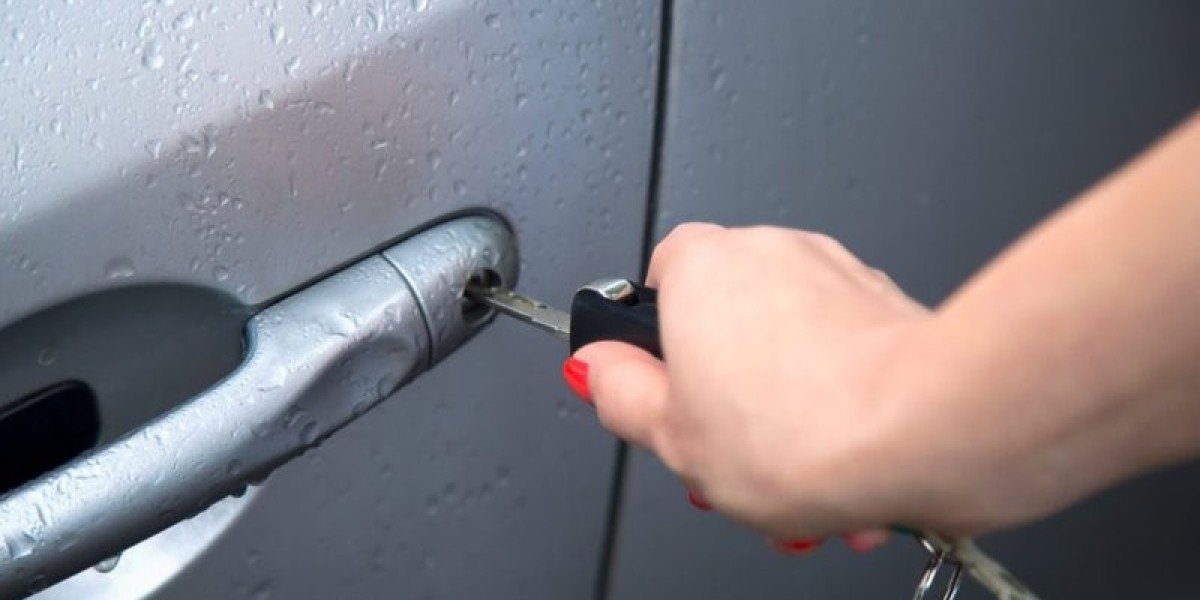Study in Australia continues to be one of the top destinations for international students, known for its high-quality education, cultural diversity, and welcoming environment. If you're planning to study in Australia in 2025, one of the most important decisions you'll need to make is choosing the right intake. Australia generally offers three main intakes throughout the year: February (Semester 1), July (Semester 2), and November (Summer or Trimester Intake). Each intake comes with its own set of benefits and considerations, and the “best” intake depends on your goals, preparedness, and field of study.
In this blog, we’ll break down the Australia Intakes in 2025, compare them in detail, and help you determine which one might be the best fit for you.
Overview of Australian Intakes
1. February Intake (Semester 1)
This is the primary intake in Australia and attracts the largest number of international students. Most universities offer the full range of courses during this intake.
- Start Time: Late January to early February
- Application Deadline: Usually between August and November of the previous year
- Popular Courses Available: Almost all undergraduate and postgraduate programs
- Best For: Students who want the widest range of course options and scholarships
Pros:
- Maximum course availability
- Most competitive scholarships
- Time to settle and adapt before the academic year progresses
- Smooth alignment with Australian academic calendars
Cons:
- High competition for admission and visas
- Requires early preparation (from mid-2024)
2. July Intake (Semester 2)
The second most popular intake, July offers a good number of course options, although slightly fewer than February.
- Start Time: Early to mid-July
- Application Deadline: Usually between March and May
- Popular Courses Available: Business, IT, Engineering, and selected postgraduate programs
- Best For: Students who need more time to prepare or missed the February intake
Pros:
- Still a good range of course options
- Extra time to gather documents and meet English proficiency requirements
- Fewer applicants than February, possibly less competition
Cons:
- Fewer scholarship opportunities
- Limited availability of some niche or highly popular courses
3. November Intake (Trimester or Summer Intake)
Offered by a smaller number of universities, this intake is more common in vocational and private education providers.
- Start Time: Late October to November
- Application Deadline: Between August and September
- Popular Courses Available: Fast-track or trimester-based programs, diplomas, and selected postgraduate courses
- Best For: Students who want to fast-track their studies or couldn’t apply for earlier intakes
Pros:
- Faster completion of degrees via trimester systems
- Less crowded intake period
- Ideal for students who had delays or are changing institutions
Cons:
- Very limited course options
- Not available at all universities
- Limited access to accommodation and campus resources during summer
How to Choose the Best Intake for You in 2025?
1. Your Academic Readiness
If you’re completing your current studies in mid-2024 and will have all documents, test scores, and transcripts ready by September 2024, then February 2025 is ideal. However, if you need more time, July 2025 gives you some breathing space.
2. Availability of Your Desired Course
Not all programs are available in every intake. Research your target universities and see when they offer the specific course you want to pursue. For example, many research-based or niche courses may only have February start dates.
3. Scholarships and Funding
Australia Intakes Many scholarships are tied to the February intake since it's the main academic session. If you're aiming for financial aid or merit-based scholarships, that intake may give you better chances.
4. Visa and Documentation
Australian student visa processing can take time. If you’re facing delays in getting your passport, academic documents, or English test results, aiming for July or November 2025 might be safer.
5. Personal Circumstances
Sometimes, personal reasons like health, financial planning, or family commitments can influence your intake decision. In such cases, it’s better to prioritize your readiness and choose an intake that aligns with your situation rather than rushing into the earliest possible semester.
Final Thoughts: Which Intake is “Best”?
There’s no universal “best” intake – it depends entirely on your goals, timeline, and course availability. That said, if you're well-prepared, February 2025 stands out as the most advantageous due to the wide range of courses, better scholarship opportunities, and smoother academic integration.
However, don’t stress if you miss the February deadline. July 2025 is a perfectly solid option and might even be preferable for students who want more time to plan. And for those with specific needs or seeking fast-tracked programs, November could be the right fit.
Pro Tip
Study in Australia for Indian Students Start researching universities and intakes at least 10-12 months in advance. Check each university’s website, speak to education counsellors, and ensure your documentation is in order. Being proactive gives you the upper hand no matter which intake you choose.
Still unsure which intake fits your situation best? Let me know your preferred course or university, and I can help you map out a timeline.








